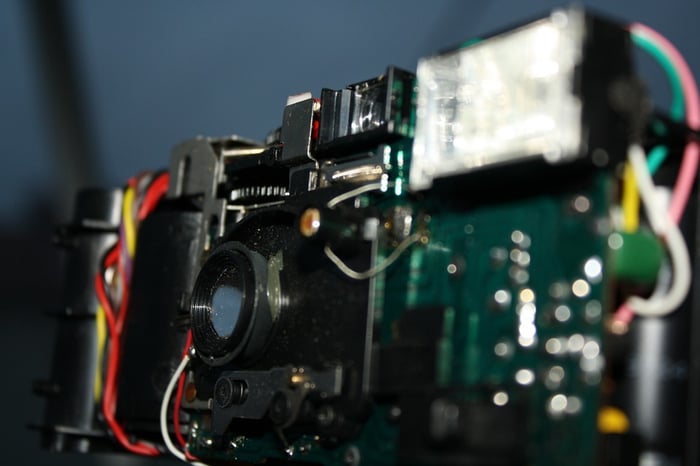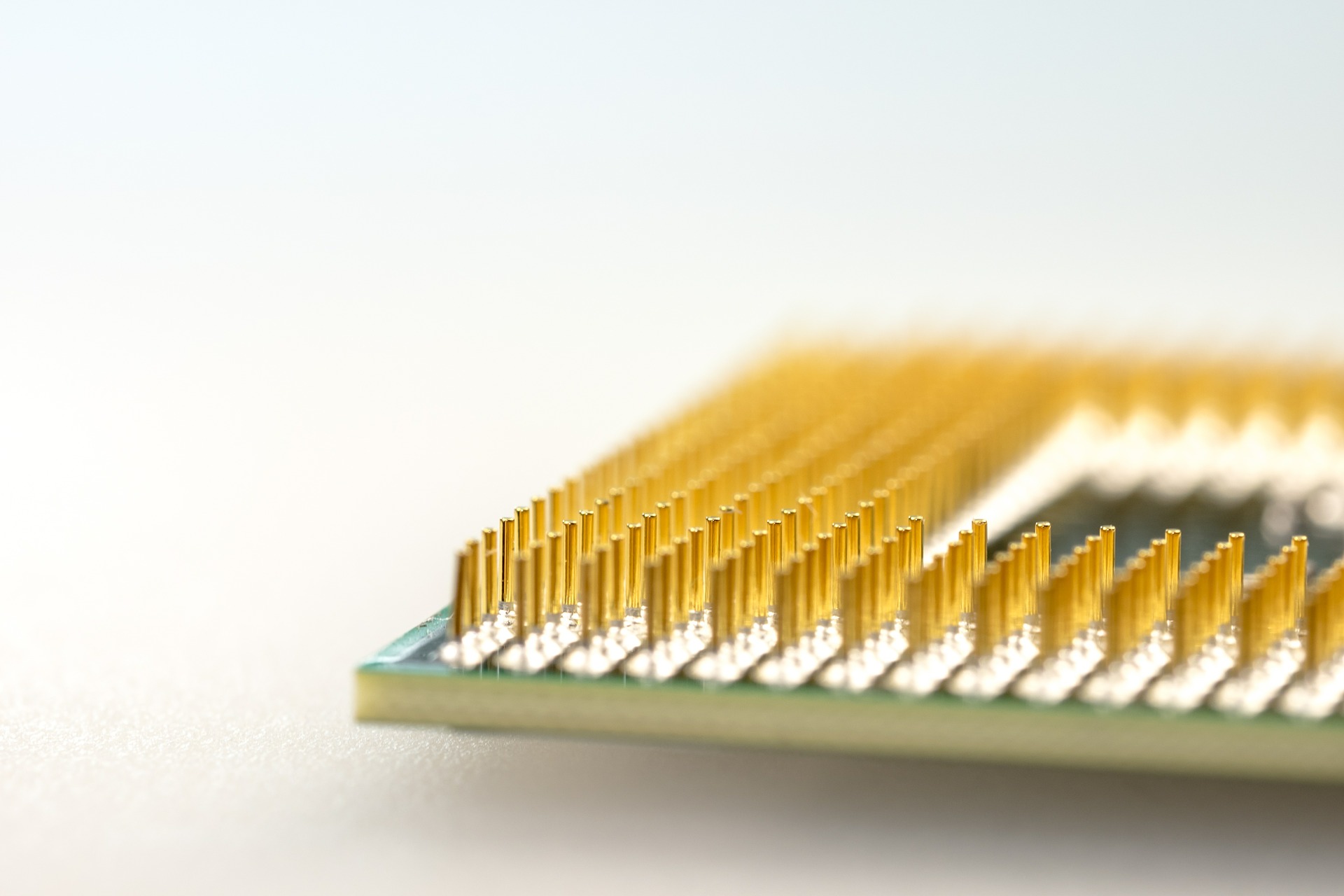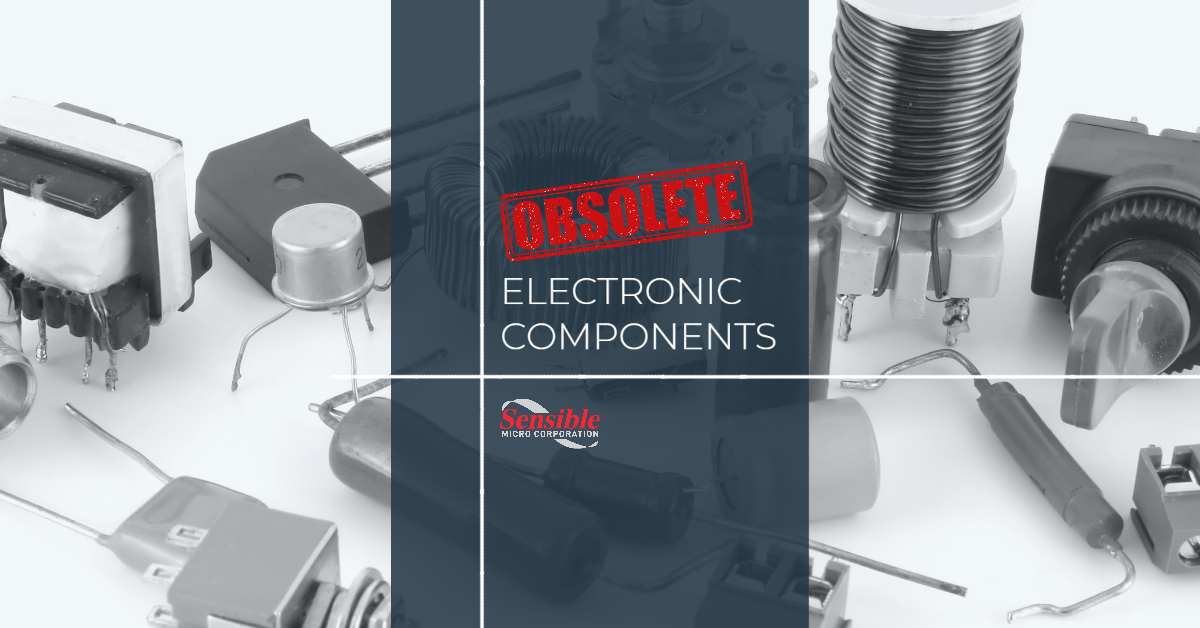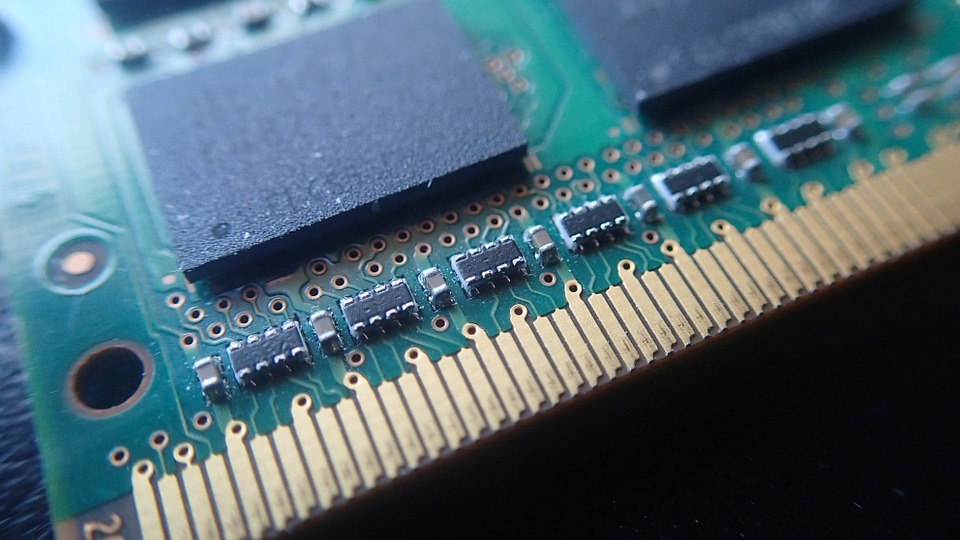Component obsolescence is considered a supply chain threat by roughly three-quarters of Electronic Design and Source Today respondents. It isn’t getting any better, either. Parts are becoming obsolete faster than ever before, as shown in a separate report from IHS Market:
Source: IHS Market
The average life cycle for integrated circuits is on a steady downward trend, decreasing by 30% on average over the last two decades. The reasons for this decrease are many, including:
- Rapid advancements in technology
- More and more frequent product updates
- The rise of “planned obsolescence” (components made with intentionally short lifespans)
The reality is that obsolescence management is more critical to product support activities than ever. Whereas the electronic components industry used to be driven by the stable and long-viewed automotive industry, the market today is predicated on smartphones. Consumer devices have a short-lived, nearly continuous release cycle, and the makers of these “next big thing” tech products aren’t designing for longevity.
This can make life hard for other industries. The defense, aerospace, medical, industrial, nuclear, and heavy transportation industries thrive on high-reliability components that will be supported for several decades. You can prepare for today’s rapid-fire components industry with careful obsolescence management strategies, including the ones below.
A Proactive Approach to Obsolescence Management
- Design With Industry Standard Components: Production volumes are lower and life cycles are shorter for specialized components. If you can stick to industry standards that see use in a wide variety of products, you’ll avoid premature obsolescence.
- Consider Using Automotive Components: Automotive electronic components are used in high volumes and tend to have a much longer shelf life.
- Audit Your Current Components: Anything that you are sure you can purchase off the shelf for seven or more years is a safe bet. But how old are the components that your business relies upon the most? If you’re actively using machinery and concerned about future repairs, how much wear and tear is there? How available are replacement components?
- Second Source (or Near Second Source): Make sure you have at least one additional source for the component on the back burner. If your primary supplier ceases production or faces supply chain challenges, you’ll have another source to turn to. Even if exact replacements aren’t available, a secondary source with a nearly identical component could make for a viable alternative and prevent costly redesigns.
- Last Time Buy (LTB) Stocking: Sometimes manufacturers provide advance notice that a component will cease production. Committing to a last-time buy in sufficient volume for a part that is destined for obsolescence is not always advantageous. However, if you’ve got the resources available and are reasonably confident in future usage predictions, stockpiling spares while you still can is a viable option. Keep in mind that this will require dedicated warehouse space (and all correlated costs).
- Search For Surplus Stock: A certain subset of manufacturers are bound to have overbought and have surplus stock that needs to be released to free up capital. If you can find a sizable surplus stock, it’s possible to continue using an obsolete product for as long as the surplus holds out.
- Find a Supply Chain Partner For Obsolescence Management: A reliable distributor with a diverse hybrid network of suppliers can be an invaluable partner. As reported on Control Design, these distributors can usually “offer like-for-like replacements and repairs for parts no longer carried or supported by the manufacturer. Having an alternate supply chain and qualified independent distributor already in place to solve and avert disruptions is crucial to reducing much of the risk associated with obsolescence.”
Obsolescence Is Inevitable. Be Prepared.
The seven techniques above can help you to mitigate the risks of obsolescence, but it can be a lot to juggle in-house. There’s no single solution for obsolete components. Nonetheless, it’s hard to go wrong with a knowledgeable supply chain partner with a deep network of suppliers and years of experience sourcing obsolescent parts. Your partner can assist you when production runs long or a part unexpectedly becomes obsolete by leveraging their qualified global network of authorized, direct, and independent suppliers.
Looking for guidance on the availability of excess or obsolete electronic components? Sensible Micro is ready to jump in. Contact us today and our team will be happy to assist you in sourcing obsolete parts.



















